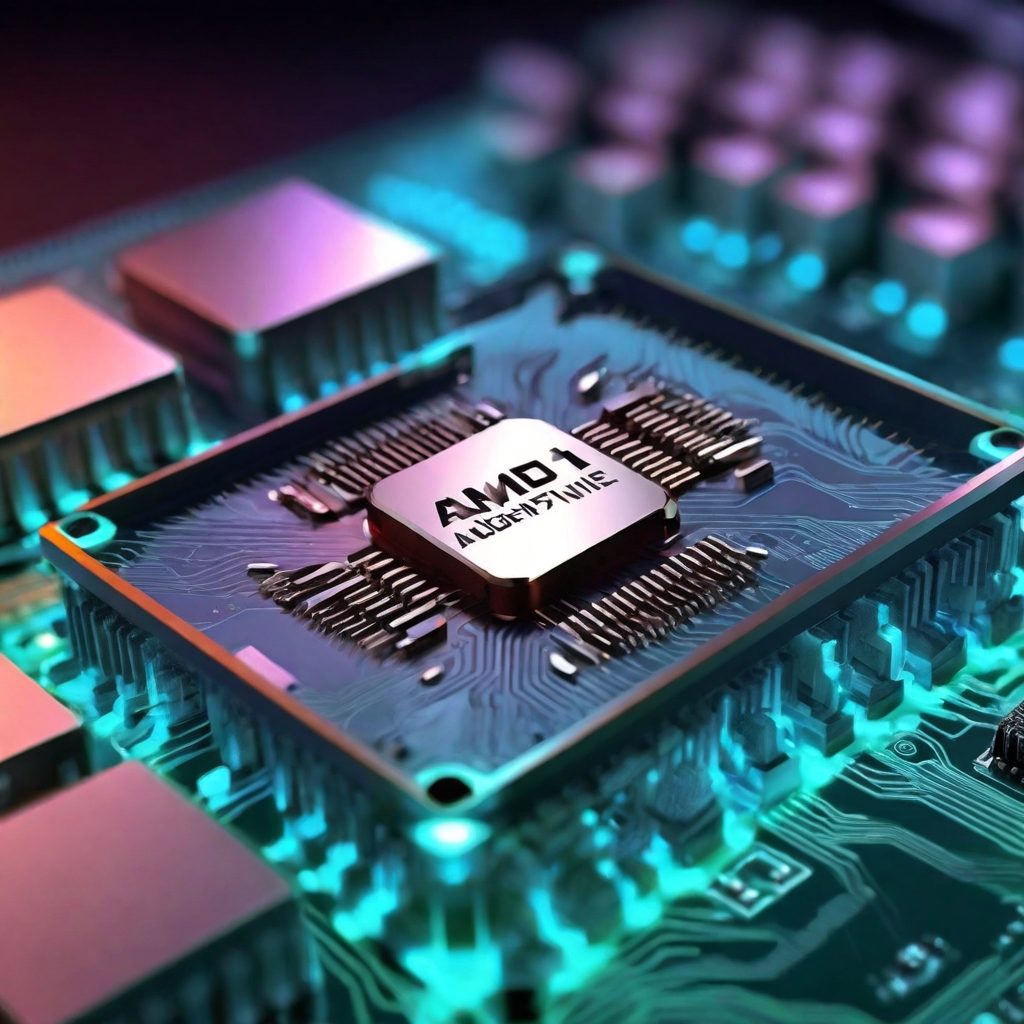For businesses that run software programs, system vulnerability and patch management are highly necessary, but the processes involved can be daunting. Deploying a number of patches to fix vulnerabilities is one thing, and ensuring that the fixes don’t break the system is another.
The Challenge of Patch Management
“These things seem straightforward, but the need to respond to threats faster while trying to reduce the impact on the business requires a lot of time investment,” says Chris Goettl, VP of security products at Ivanti.
The growing challenge of patch management, which is essentially balancing between fixes and system stability, is particularly daunting for businesses with large and complex IT infrastructures. This is because there is usually a large amount of software resources to analyse in order to work out which patches need to be applied, how quickly, and where.
Artificial intelligence has the potential to solve this issue, enabling a more efficient solution to patch management and overall security.
How is AI Changing Patch Management
One of the biggest strengths of AI technology is its ability to analyse and comprehend a vast amount of data. This strength can be harnessed by businesses running large IT systems for operational improvement.
“Machine learning algorithms can understand the complex relationships between competing variables and recommend a patch schedule tailored to the specific organization,” says Jeff Schwartzentruber, senior machine learning scientist at eSentire.
There already exist AI and machine learning algorithms like User Entity Behaviour Analytics (UEBA) that can detect issues with patch change and support automated roll-back if necessary.
“AI can offer a more proactive approach to risk-based vulnerability management by helping with monitoring and detection of vulnerabilities – even before they are reported,” says Hasit Trivedi, global head of AI at Tech Mahindra.
Among other things, AI can be used to stimulate the deployment of patches before they are applied to the main network. This way, businesses will know what patches can impact the overall system stability.
It’s worth noting that AI technology still has its shortfalls. The predictions it makes are not always accurate, which could result in false positives or negatives. However, the technology has shown the potential to improve the security of systems, from vulnerability detection to patch management. It is expected to become more efficient in the future.





